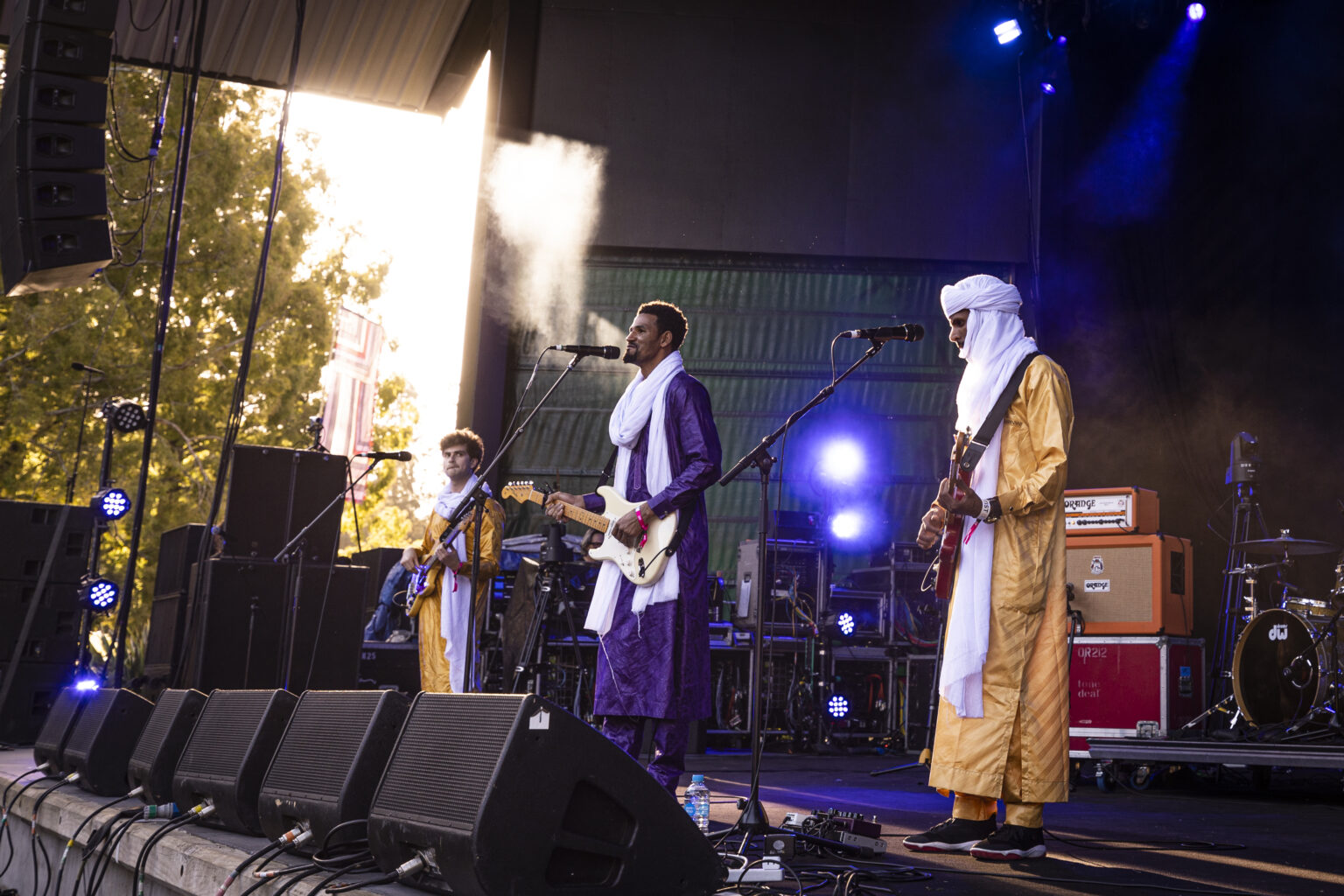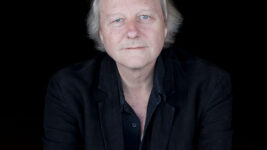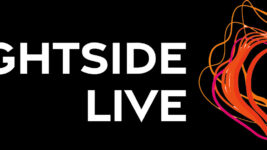News
13 Nov 2025
WOMAD NZ 2026 Paused: Behind the Decision

Subscribe to CX E-News
Budget realities, community priorities, and a recalibration of the Aotearoa festival model
The announcement that WOMAD New Zealand will not go ahead in 2026 sent ripples across the industry, not just as a high-profile calendar shift, but as a signal of broader challenges confronting large-scale events. While the decision may have seemed sudden to audiences, for Suzanne Porter, CEO of the Taranaki Arts Festival Trust (TAFT), it was the result of a financial equation that had long since stopped adding up.
“There were no surprises,” she says. “Since 2023, costs have risen sharply across every aspect of festival delivery, not just technical production. At the same time, the cost-of-living crisis meant we couldn’t reasonably increase ticket prices, which have remained unchanged since 2023 post-COVID. That combination created a gap that simply wasn’t sustainable.”
It’s a gap familiar to many in Aotearoa’s production sector. From artists and AV suppliers to stage crews and marketing contractors, margins have shrunk while expectations have not. Despite a strong post-pandemic return in 2023 and 2024, WOMAD’s 2025 edition operated under significant strain, with escalating logistics, staffing, and insurance costs compounding the pressure.
Transparent and Tenuous
For WOMAD’s long-standing crew and suppliers, many of whom are local to the Taranaki region, the cancellation was not entirely unexpected. TAFT had made it clear that 2026 was under review well before any contracts were signed.
“We were transparent from the outset,” Porter explains. “Our suppliers and crew understood that the decision would be made with long-term sustainability in mind. Since COVID, all our contracts have operated on a year-to-year basis to allow flexibility and fairness for everyone involved.”
That approach has paid off. Most production partners have remained supportive, with strong relationships built on mutual understanding and shared goals. It’s a reminder that, in the current climate, stability is often found in adaptability.
“If we had gone ahead in 2026 and experienced another result like 2025, TAFT simply wouldn’t have survived,” says Porter. “Taking a rest year was the most responsible decision to protect the festival’s future.”

Local Anchor, Global Context
The challenges WOMAD New Zealand faces are not unique. Its UK counterpart also cancelled its 2024 event and is moving venues in 2026. But Porter is adamant that relocating the festival within Aotearoa isn’t on the table.
“WOMAD New Zealand is intrinsically linked with the Bowl of Brooklands in Taranaki. It’s one of the most beautiful natural amphitheatres in the world, and I’ll happily admit to being biased. As long as WOMAD continues in Taranaki, that’s where it belongs. TAFT wouldn’t be involved in presenting the festival outside of Taranaki.”
Yet across the ditch, WOMADelaide continues to run strongly, a contrast that illustrates a sharp difference in support systems.
“Their model benefits from substantial, ongoing support from their State Government and a significantly larger population base,” says Porter. “That combination provides a level of financial certainty that simply isn’t available here in New Zealand.”
It’s a point echoed by many event professionals across the motu: scale matters, and so does structural support. Without consistent local or national funding mechanisms, New Zealand festivals are left more exposed to market swings.

Community, Not Commodities
For WOMAD, the decision to pause is also an opportunity to rethink what a future-fit model could look like, not just financially, but philosophically. Increasingly, Porter sees potential in evolving sponsorships beyond transactional branding into deeper values-based partnerships.
“Wellbeing and community connection have always been at WOMAD’s core. Our outreach programmes bring the experience into schools and community spaces at no cost, and our volunteer programme provides hundreds of people with meaningful ways to participate. As sponsorship priorities evolve, we’re excited to deepen those partnerships that share our social and cultural values.”
This aligns with a broader industry trend where brand alignment with kaupapa, values, community impact, and bicultural expression, increasingly underpins funding decisions. It’s not just about eyeballs anymore. It’s about equity, relevance, and contribution.
Reset, Refresh, Reimagine
WOMAD 2027 will look different, that much is certain. What that difference will be, however, is still unfolding. The time bought by the 2026 hiatus will be used to reassess both operational and creative dimensions.
“There will absolutely be a refresh,” Porter says. “We’ll take the time early in 2026 to reimagine how WOMAD can evolve, whether through new partnerships, innovative technical delivery, or refreshed site design and programming. The goal is to retain the magic of WOMAD while ensuring the model remains resilient and future-fit.”
This might include more modular staging options, hybrid digital elements, or increased partnerships with diverse arts producers, all without compromising the heart of the festival: live, in-person cultural exchange.
And while the short-term economic impact on the region is very real, WOMAD typically brings in over 11,000 visitors and injects millions into the local economy, the long-term goal is resilience, not just recovery.

A Cautious Optimism
For many in the industry, WOMAD’s pause is both cautionary and instructive. It reveals how tight the margins have become, even for beloved flagship events. But it also demonstrates how values-led leadership and open communication can build trust not just with funders, but with crew, creatives, and community.
WOMAD’s 2026 cancellation might be a headline. But its return in 2027, if realised, could be a blueprint.
Photos by Vanessa Laurie TDN
Subscribe
Published monthly since 1991, our famous AV industry magazine is free for download or pay for print. Subscribers also receive CX News, our free weekly email with the latest industry news and jobs.






